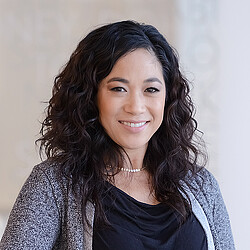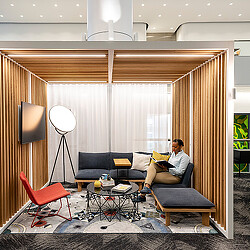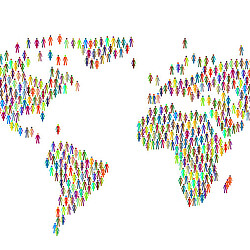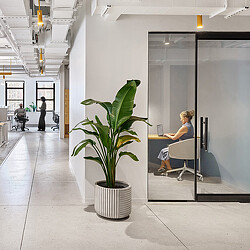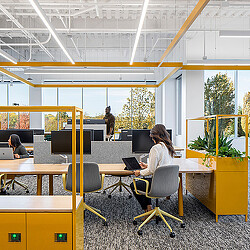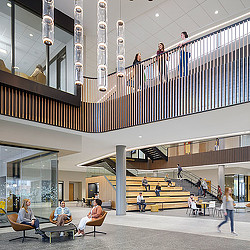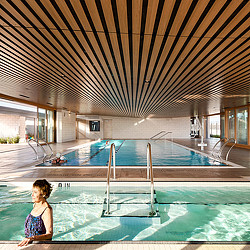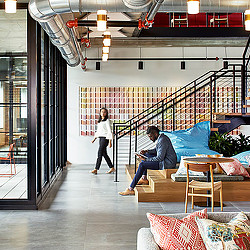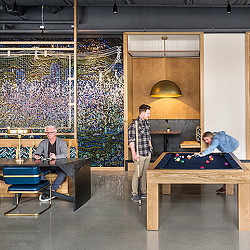How to Create a Multigenerational Workplace
Here are six strategies organizations can use to cultivate environments where individuals of all ages feel valued, engaged, and empowered.

Recent research indicates that lifespans are extending across generations, with projections suggesting that newer generations such as Gen Z and Alpha may live beyond 100 years. As people are living longer and technological advancements redefine work environments to be more accommodating and less physically demanding, individuals are likely to remain active in the workforce for extended periods. For the first time in history, workplaces will soon host up to six distinct generations concurrently. Designing an inclusive workplace that fosters collaboration and engagement among such diverse age groups is unprecedented. How can we create an office environment where all six generations thrive together, sharing ideas and working effectively?
Creating a multigenerational workplace that accommodates diverse needs and promotes collaboration requires thoughtful planning and consideration.
Here are six key strategies to achieve this:
1. Workspaces need to be flexible, adaptable, inclusive, and customizable.
Studies show that having an inclusive workplace is key to attracting and retaining today’s workers, as well as future generations. To create environments that appeal to talent across the age spectrum, the office environment needs to cater and design to various workstyles and accessibility needs. Ensure the physical environment supports comfort and productivity for employees of all ages by providing customizable office features such as adjustable desks, ergonomic seating, and adaptable lighting, acoustics, and temperature controls.

2. Workspaces need to have intuitive, user-friendly technology that is easy to access.
Organizations need to provide technology training and support to ensure all employees can effectively use and support digital tools and platforms. With hybrid work and meetings, technology interfaces should be intuitive and user-friendly, considering varying levels of tech literacy among different age groups. According to the Gensler research report, “Equity Through Design: How To Improve Hybrid Meetings,” employees value equitable experiences for every participant, both remote and on-premises. Having technology that all generations can easily access and use is essential for a multigenerational workplace.
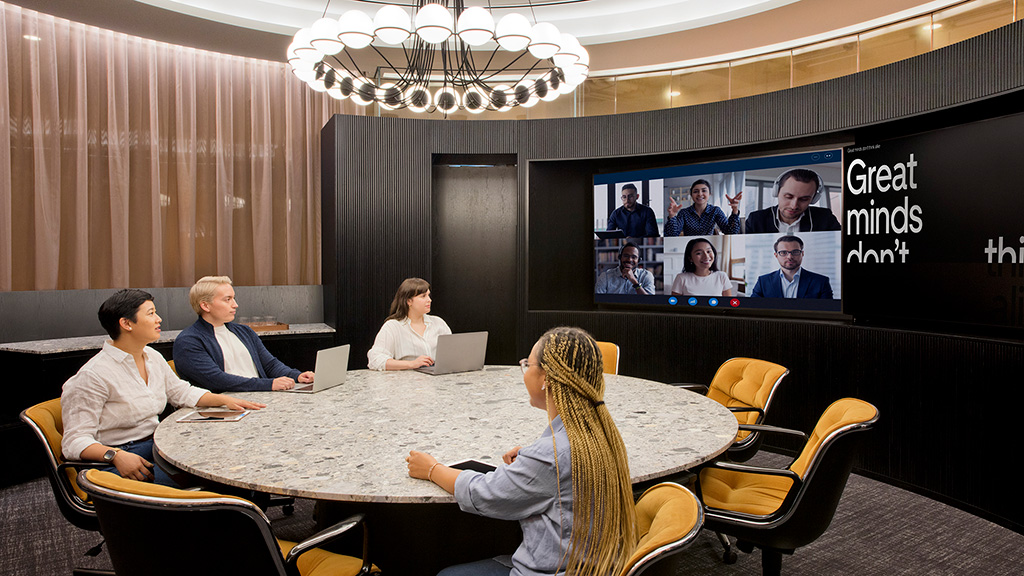
3. The workplace needs to foster a multigenerational culture.
Organizations need to promote diverse communication channels including face-to-face meetings, emails, instant messaging, and video conferencing to accommodate different communication preferences. Organizations should implement mentorship programs that encourage knowledge transfer between older and younger employees. Organizations should also conduct generational awareness training to promote understanding and appreciation of differences.
To leverage diverse perspectives, employees from all generations should participate in the decision-making processes. Organizations should organize inclusive team-building activities that encourage collaboration and strengthen relationships.

4. Organizations should develop age-inclusive policies.
Organizations should develop age-inclusive policies that support various life stages, such as parental leave, caregiving support, and phased retirement options. These policies should be flexible and inclusive, addressing the needs of employees at different points in their careers. Some companies are implementing two-way mentoring programs between experienced employees and younger colleagues to encourage knowledge sharing between generations.

5. Workplaces should have amenities that appeal to all ages.
Consider amenities like childcare facilities, fitness centers, and quiet spaces that cater to diverse employee needs and support various life stages. Recent office developments like Marriott International Global Headquarters in Bethesda, Md., and The Post Office in Chicago are integrating programs and amenities that allow tenants to incorporate wellness and mindfulness throughout their day.

6. The built environment should be accessible and equitable to accommodate all generations.
Our recent Gensler Global Workplace Survey research reveals how and where employees work varies across countries and industries, as well as age and role. Workplaces need to evolve to accommodate the multigenerational workforce and their needs. By embracing a universal design approach, workplaces can be intuitive and accessible to all, regardless of ability and age. Workplaces need to be thoughtfully designed to promote the daily lives for people who have limited mobility, vision, and hearing. Using color, graphics, and textures can help with wayfinding and signage, for example.

Designing the future multigenerational workplace
As we see unprecedented demographic shifts towards longer lifespans and a diverse array of generations coexisting in the workforce, the imperative for creating inclusive workplaces has never been more pressing. The emergence of Gen Z and Alpha, projected to live beyond a century alongside other generations, underscores why we need to reevaluate how we design and manage work environments.
By implementing strategies like flexible spaces, technological accessibility, fostering a multigenerational culture, instituting age-inclusive policies, providing diverse amenities, and structuring built environments conducive to intergenerational interactions, organizations can cultivate environments where individuals of all ages feel valued, engaged, and empowered to contribute their unique perspectives and skills.
In this era of unprecedented generational diversity in the workplace, thoughtful and intentional design holds the key to unlocking the full potential of every employee, irrespective of age, fostering innovation, collaboration, and sustainable success.
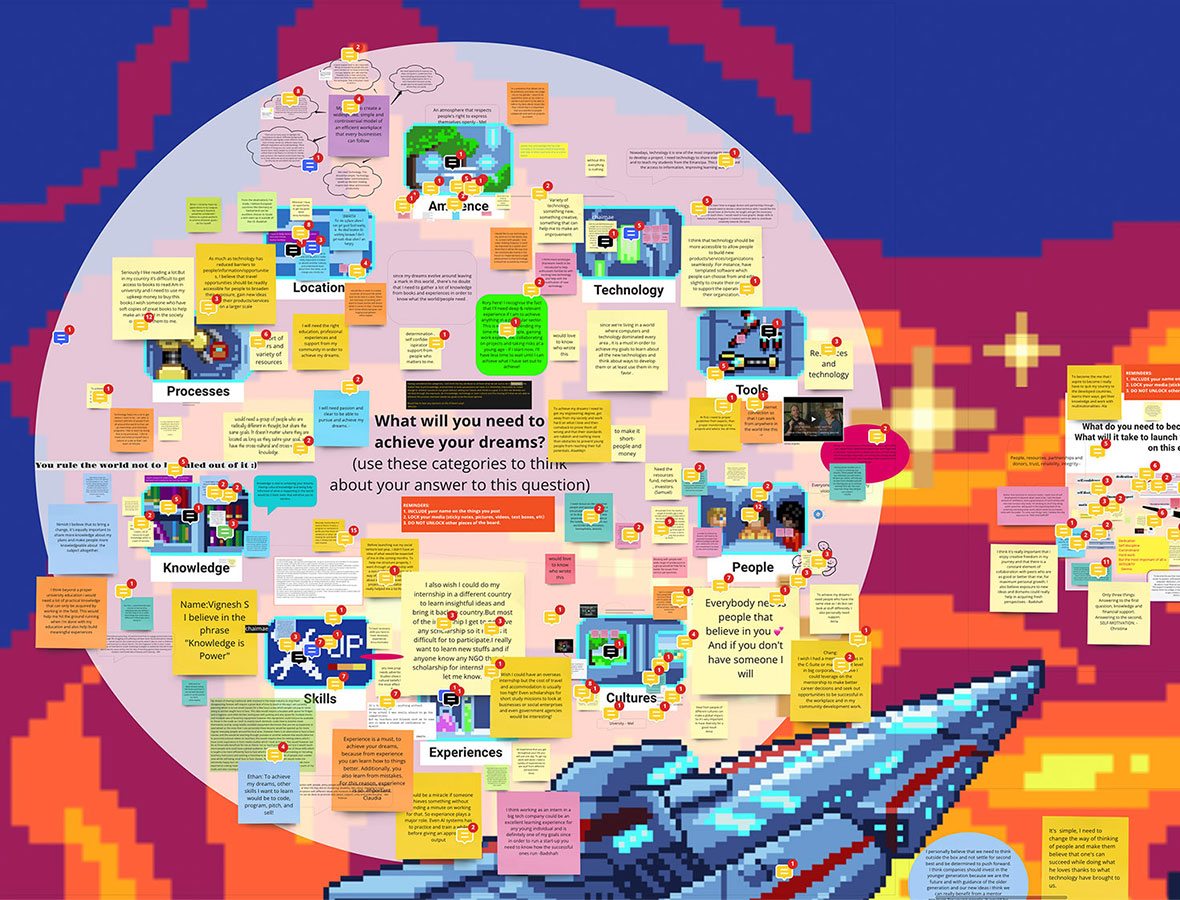
For media inquiries, email .
